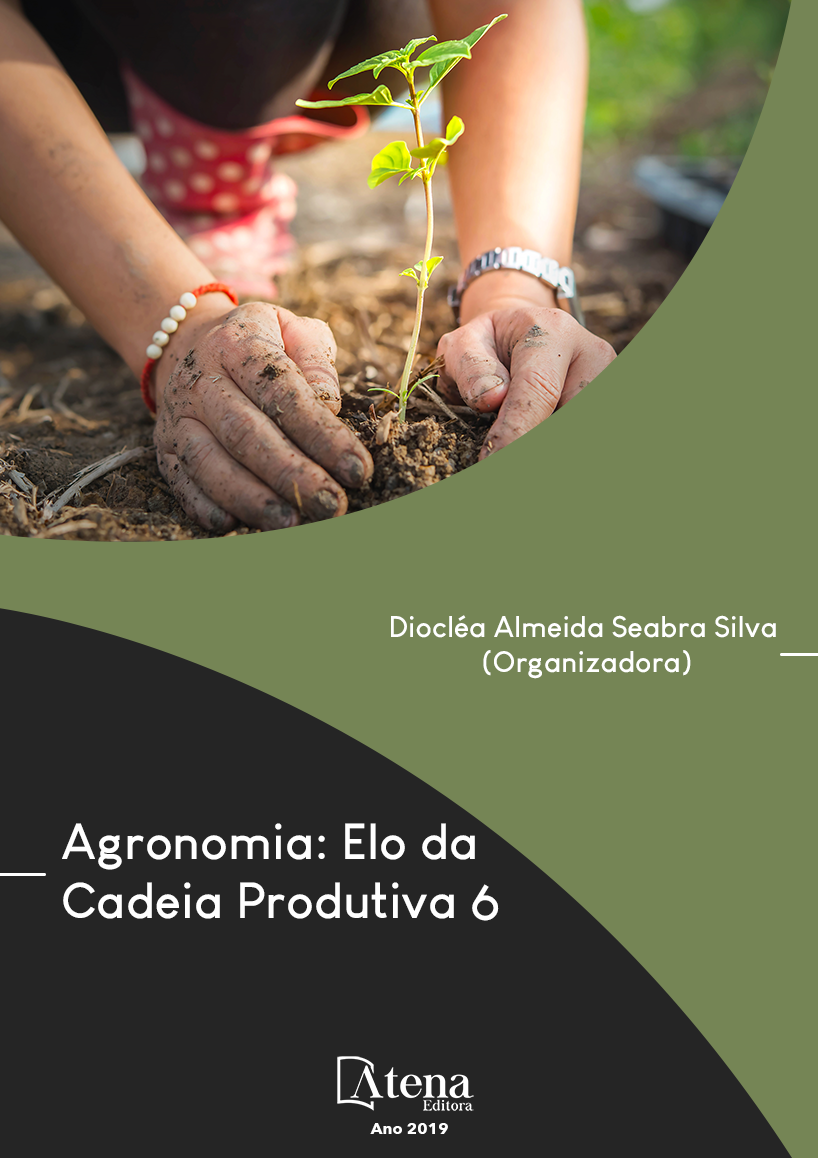
PRODUÇÃO DE BIOGÁS A PARTIR DE VINHAÇA DE ETANOL DE SEGUNDA GERAÇÃO
-
DOI: 10.22533/at.ed.25019031214
-
Palavras-chave: Atena
-
Keywords: biogas; anaerobic digestion; second generation vinasse; lignocellulosic ethanol; effluent recirculation
-
Abstract:
Anaerobic digestion has raised
as an efficient solution for both biowastes
management and renewable energy supply. In
Brazil, the sucroenergetic industry generates
great amounts of vinasse, the biowaste from
ethanol process, which has high contents of
soluble organic matter. Such feature makes
vinasse a very suitable wastewater for biogas
production. Very recently, second generation
(2G) ethanol process has been implemented in
the Brazilian industry and 2G vinasse is expected
to a different chemical composition than first
generation (1G) vinasse, since the 2G ethanol
process has different operations. In this study
we aimed to investigate the 2G vinasse potential
for biogas production. Affluent 2G vinasse
was characterized and high concentrations of
acetic acid, total phenolic compounds (TPC)
and sulphate were determined. No detectable
concentration of furans was found. The
experiment was carried out in a 5 L up flow
reactor and the process was monitored by
volumetric biogas production and concentration
of Chemical Oxygen Demand, acetic acid,
propionic acid, butyric acid, TPC and sulphate.
Effluent recirculation was employed in the
process for a ten days period. The experiment
reached a mean value for biogas production
of 0.41 (± 0.19) Lbiogas DQOremov
-1, which is a
satisfactory result in comparison to previous
had a positive impact on biogas production process, which was observed by organic
acids concentrations decrease. Results indicate that 2G vinasse has a very interesting
potential for biogas production especially due to its high acetic acid content.
-
Número de páginas: 15
- Rubens Perez Calegari
- Gabriela Maria Ferreira Lima Leite
- Bianca Chaves Martins
- Eric Alberto da Silva
- José Piotrovski Neto
- Mario Wilson Cusatis
- André Gomig
- Antonio Sampaio Baptista
- Manuella Souza Silverio


